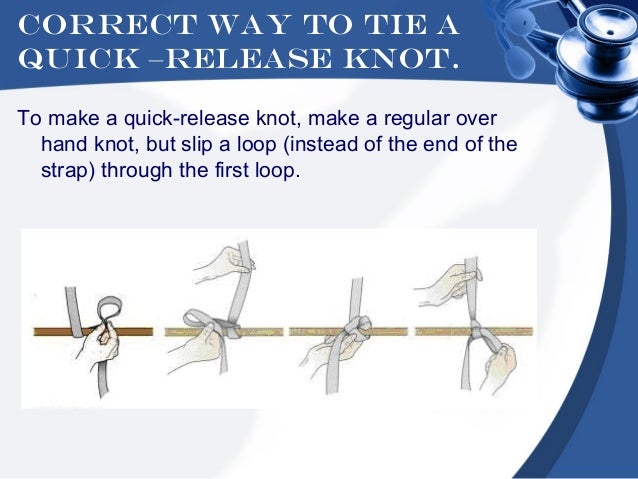The life of a dog owner is one filled with wake-up kisses, muddy paw prints all over the house and a kind of joy and love that can only come from our furry, friendly family members. Most, if not all, dog owners would put the health of their dog well above that of their own, and as much as they may hate the vet, it is a necessary evil (evil to them, anyway) for ensuring they stay fit and full of fun.
But veterinary bills can be expensive. If you are thinking about getting a dog, or already have one, then it is essential that you can give it the best life possible, and you will need the money to care for them properly to achieve this.
PET INSURANCE
Dogs feeling under the weather can break your heart, and there are many different issues that can arise that can cost you a lot of money - even if it is worth it. Having pet insurance will ease a lot of the worry that comes with medical care for your animals when it comes to payment.
Furthermore, taking out fast loans can also aid in the process and can help you out when in a pinch. This can be helpful during a time where even the insurance may not cover the medical expenses.
ONLINE MEDS
Researching doggy medication online may help you find better deals than what you would pay at the vets. This is perfect for when the money might be tight, or there is a continual health issue with your dog.
However, as with any product bought online, it is essential that you do thorough research to ensure what you are buying is legitimate. The last thing you want is thinking you have found the deal of a lifetime only to discover that you have been taken for a ride by scammers looking to capitalise and take advantage of your love for your dog. Be vigilant.
THE RIGHT FOOD
One way to be able to afford veterinary bills is to ensure that you keep them as healthy as possible. One of the ways to do this - along with regular exercise - is to provide them with the proper food to keep them healthy.
Keeping your dog’s diet to an adequate standard will save them from missing out on the essential food groups. Furthermore, ensuring that they keep their teeth healthy - if not exactly clean, have you ever seen a dog clean its teeth? - will help with them chewing to guarantee they do not want to food.
PREPARED
You want to give your dog the best life you possibly can and so being prepared to deal with the added costs that come with owning a dog will be essential towards making this a reality. Understanding what you need to do to prepare for the inevitable vet bills - even when it is just a check-up - will allow you to cope with any issues whenever they arise.
Furthermore, this preparation will give you better peace of mind when it comes to finding and securing treatment as you won’t feel the weight of any substantial payments. Knowing what you can afford and going forward with this will allow you and your dog to continue living in harmony and happiness.































